When mentioning Thien Mu Pagoda, people not only think of a sacred place but also a unique cultural symbol of Hue . Built in the 17th century, Thien Mu Pagoda not only attracts tourists by its beautiful architecture but also by its solemnity and quiet space, allowing every visitor to find peace of mind when coming here. Let's explore interesting things when traveling to Thien Mu Pagoda, a destination not to be missed on the journey to explore the ancient capital of Hue.
1. Introducing Thien Mu Pagoda - A tourist destination in Hue that should not be missed
Thien Mu Pagoda - historical witness of the ancient capital (Photo source: Collected)
Thien Mu Pagoda, a cultural and spiritual symbol of Hue, is located about 5km west of the city center, on the peaceful Ha Khe hill, on the left bank of the poetic Huong River. With a history of more than 400 years, Thien Mu Pagoda is not only a place of ancient architectural beauty but also bears the cultural and religious imprint of the ancient capital of Hue. This is definitely a destination not to be missed for tourists when exploring the ancient capital.
According to legend, before the pagoda was built, the local people told stories about an old lady in red who often appeared on Ha Khe hill, predicting that this place would become a place of spiritual energy, bringing prosperity to the nation. True to the prophecy, in 1601, Lord Nguyen Hoang built the pagoda, named it "Thien Mu" to show his respect for heaven and earth and the spirit of expanding the territory.
Through many dynasties and historical events, Thien Mu Pagoda has been renovated and expanded many times, especially under the Nguyen Dynasty, to become one of the most beautiful religious works in the Central region. Traveling to Thien Mu Pagoda, Hue , will definitely leave you with memorable experiences.
2. Instructions on how to get to Thien Mu Pagoda Hue
Thien Mu Pagoda is located about 5 km west of Hue city center, only takes about 10-15 minutes to travel. This is a famous tourist destination that anyone coming to the ancient capital should not miss. You can choose many different means of transportation, such as cars, motorbikes or cyclos. The road to the pagoda is easy to travel and is surrounded by peaceful scenery, imbued with the poetic character of Hue.
2.1. Travel by road
From the city center, you go through Dang Thai Than street, then turn left onto Yet Kieu street. Continue your journey by turning left onto Le Duan street, at the roundabout, turn right onto Kim Long street. Go about 2 km further along this road, you will see Thien Mu pagoda appearing with the image of the towering Phuoc Duyen tower, standing out in the middle of the cool green natural space.
2.2. Traveling by boat on the Perfume River
If you want to experience the feeling of relaxation and admire the poetic beauty of the Perfume River, choosing to travel by boat will be a memorable experience. Tourist boats usually depart from Trang Tien Bridge Wharf, passing famous landmarks along both banks of the river before stopping at Thien Mu Pagoda. The journey lasts about 2 hours, giving you a new and peaceful perspective of the ancient capital of Hue.
3. Ideal time to travel to Thien Mu Pagoda
Sunset at Thien Mu Pagoda (Photo source: Collected)
Choosing the right time to visit Thien Mu Pagoda not only helps you fully enjoy the beauty of this place but also brings unique and unforgettable experiences. Let's explore the ideal time suggestions below to make your trip to Thien Mu Pagoda perfect!
3.1. Time of day
- Early morning (6:00 - 8:00): This is the most ideal time to visit Thien Mu Pagoda. The fresh, cool air in the early morning helps you feel the inherent serenity and peace of this spiritual place. In addition, the pagoda is often deserted in the morning, so you can comfortably walk around, visit and take photos without worrying about being disturbed.
- Afternoon (16:00 - 18:00): The sunset creates a romantic scene covering Thien Mu Pagoda. This is a great opportunity to admire the brilliant scenery of the Perfume River in the golden afternoon light, as well as capture beautiful photos as souvenirs.
3.2. Time of year
- Spring (January - March): This is the season of new beginnings and vitality, with green trees and blooming flowers. Traveling to Thien Mu Pagoda in the spring, you will not only enjoy the cool, pleasant air but also have the opportunity to participate in spiritual festivals, especially the Lunar New Year. The spring scenery makes the pagoda space more sparkling and sacred.
- Summer (June - August): With dry and warm weather, summer is the ideal time to experience the freshness of the Perfume River near the pagoda. However, this is also the peak tourist season, so you should arrange your time reasonably to avoid crowded hours.
- Autumn (September - November): Autumn brings a peaceful space with cool, pleasant weather. This is the ideal time for you to enjoy the peaceful beauty of the temple and capture artistic photos with the poetic orange-yellow scenery of the trees.
- Winter (December - February): Although winter in Hue is a bit chilly, if you love the quiet and want to feel the pure space of Thien Mu Pagoda, this is the time not to be missed. Few tourists, airy space will bring you a gentle and relaxing experience.
4. What is unique about Thien Mu Pagoda tourism in Hue?
Phuoc Duyen Tower seen from above (Photo source: Collected)
4.1. Tam Quan Gate
When entering Thien Mu Pagoda, the first image that makes a strong impression is the Tam Quan Gate - the main gate leading to the sacred space. The gate is built with a structure of 2 floors, 8 roofs, and 3 paths. Each path is equipped with sturdy wooden doors, bearing a strong classical architectural style. On both sides of the gate, you will easily notice the majestic guardian statues, showing the protection and majesty of the pagoda.
4.2. Phuoc Duyen Tower
Going deeper into the temple grounds, Phuoc Duyen Tower will stand out in the peaceful space. This is one of the most characteristic symbols of Thien Mu Pagoda. The octagonal tower was built in 1844, is 21m high and has 7 floors, each floor worships a different Buddha. Inside the tower is a spiral staircase leading to the top, where a golden Buddha statue used to be placed. Phuoc Duyen Tower is not only an architectural highlight but also has profound spiritual value.
4.3. Dai Hung Palace
The next stop on the journey to explore Thien Mu Pagoda is Dai Hung Palace - the most important main hall of the pagoda. The building is designed in the style of "multiple meditation terraces," with concrete pillars covered with imitation wood paint, giving a feeling of both antiquity and durability. Inside the temple is a majestic statue of Maitreya Buddha, under a horizontal plaque carved with the four words "Linh Thuu Cao Phong." In addition, there is also a large bronze bell 2.5m high, weighing more than 2 tons, symbolizing longevity and prosperity.
Right behind the Dai Hung Temple, visitors will encounter an exhibition area of historical relics, notably the car that carried monk Thich Quang Duc to the place where he burned himself in 1963. The car is a living testament to a painful but meaningful period of history.
4.4. Tomb of the late monk Thich Don Hau
At the end of the temple grounds is the tomb of the late monk Thich Don Hau. This structure not only shows respect for the famous abbot but is also a place for visitors to come to commemorate and learn the noble philosophy of life.
4.5. Other works at Thien Mu Pagoda
Not only stopping at the main destinations, the temple grounds also have constructions such as Huong Nguyen Temple, Dia Tang Temple and Quan Am Temple, each with its own beauty, creating richness in the journey to explore Thien Mu Pagoda.
5. Notes when visiting Thien Mu Pagoda Hue: Things to remember to make your trip more complete
You should choose modest clothing when visiting Thien Mu Pagoda (Photo source: Collected)
When visiting Thien Mu Pagoda, there are some important notes to help you have the best experience and respect the sacred space here. The suggestions below will help make your visit more meaningful and complete.
- Dress code when visiting Thien Mu Pagoda: Dress code when visiting Thien Mu Pagoda in Hue must follow an important principle: modesty and elegance. Avoid wearing short skirts or revealing clothes. Appropriate clothing will help you respect the spiritual space and create a better impression. The color of the outfit should also be chosen in light, elegant tones to match the quiet space of the pagoda. This not only helps you take beautiful photos easily but also shows respect for this sacred place.
- Maintain order and speech: Thien Mu Pagoda is famous for its peaceful and quiet space, so when visiting, you should keep quiet and avoid making noise. Loud laughter or talking too loudly can destroy the solemnity and disturb those around you. In particular, avoid jostling and moving around noisily to maintain a peaceful atmosphere here. Remember that respect and tranquility are important factors when you visit Thien Mu Pagoda.
- Bring water and snacks: Since Thien Mu Pagoda does not have any food or beverage services on the premises, you should prepare drinking water and some snacks for the trip. This is especially important on hot days. However, make sure to dispose of trash properly to protect the environment and keep the pagoda space clean and airy.
A trip to Thien Mu Pagoda, Hue is not only a journey to explore the beautiful landscape but also an opportunity to deeply understand the culture and beliefs of the ancient capital. With the above notes, we hope you will have a meaningful experience and respect the sacred space of this famous pagoda.
Source: https://www.vietravel.com/vn/am-thuc-kham-pha/du-lich-chua-thien-mu-hue-v16140.aspx



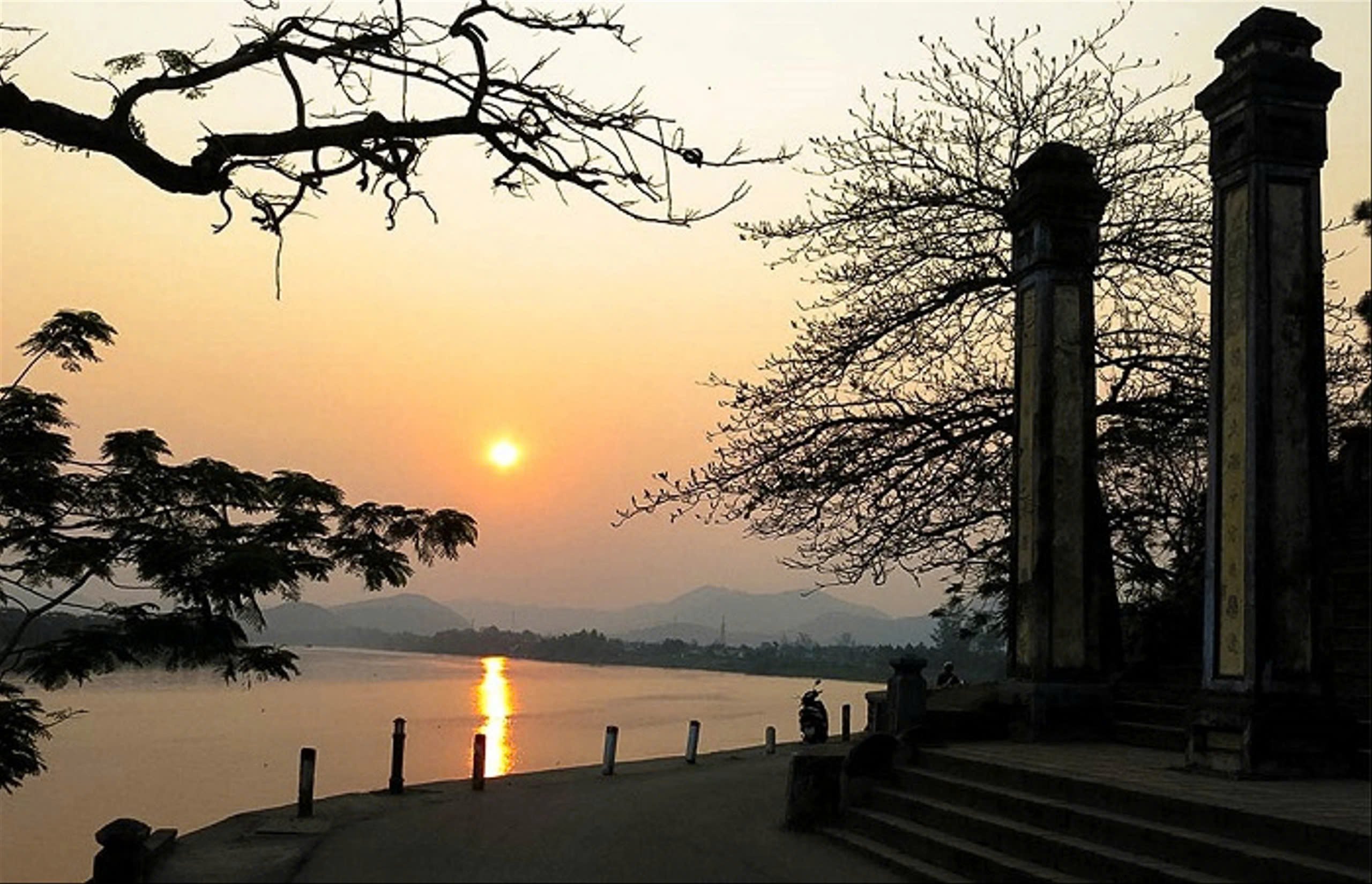
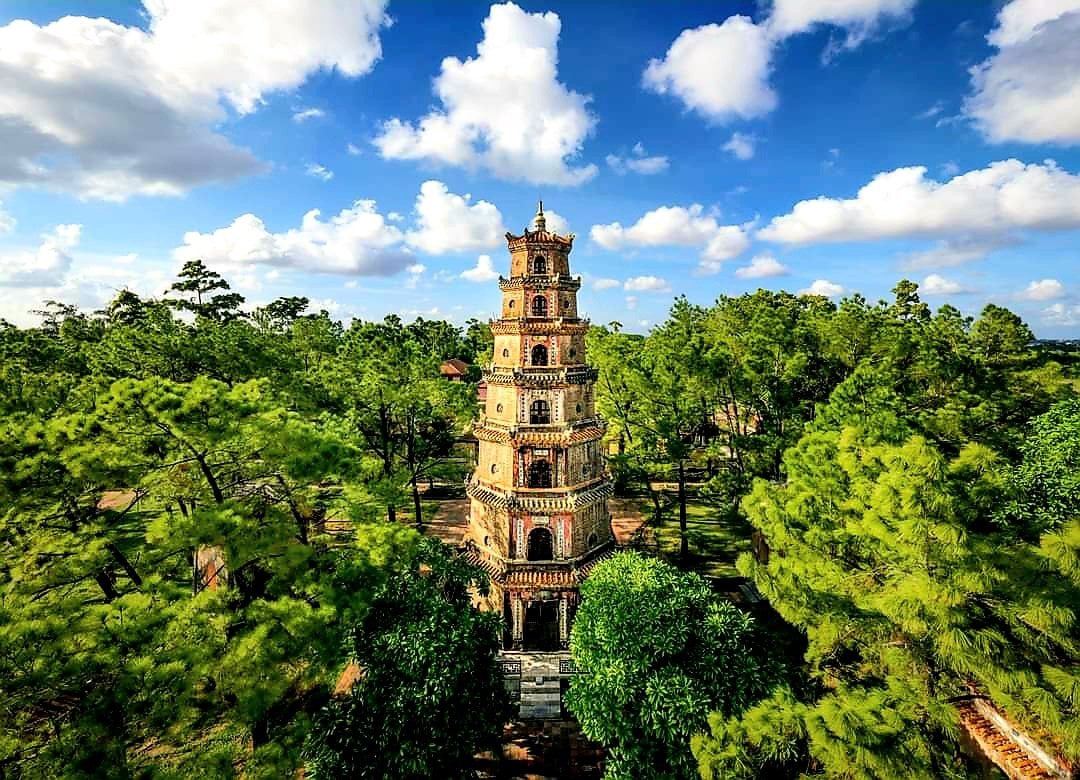
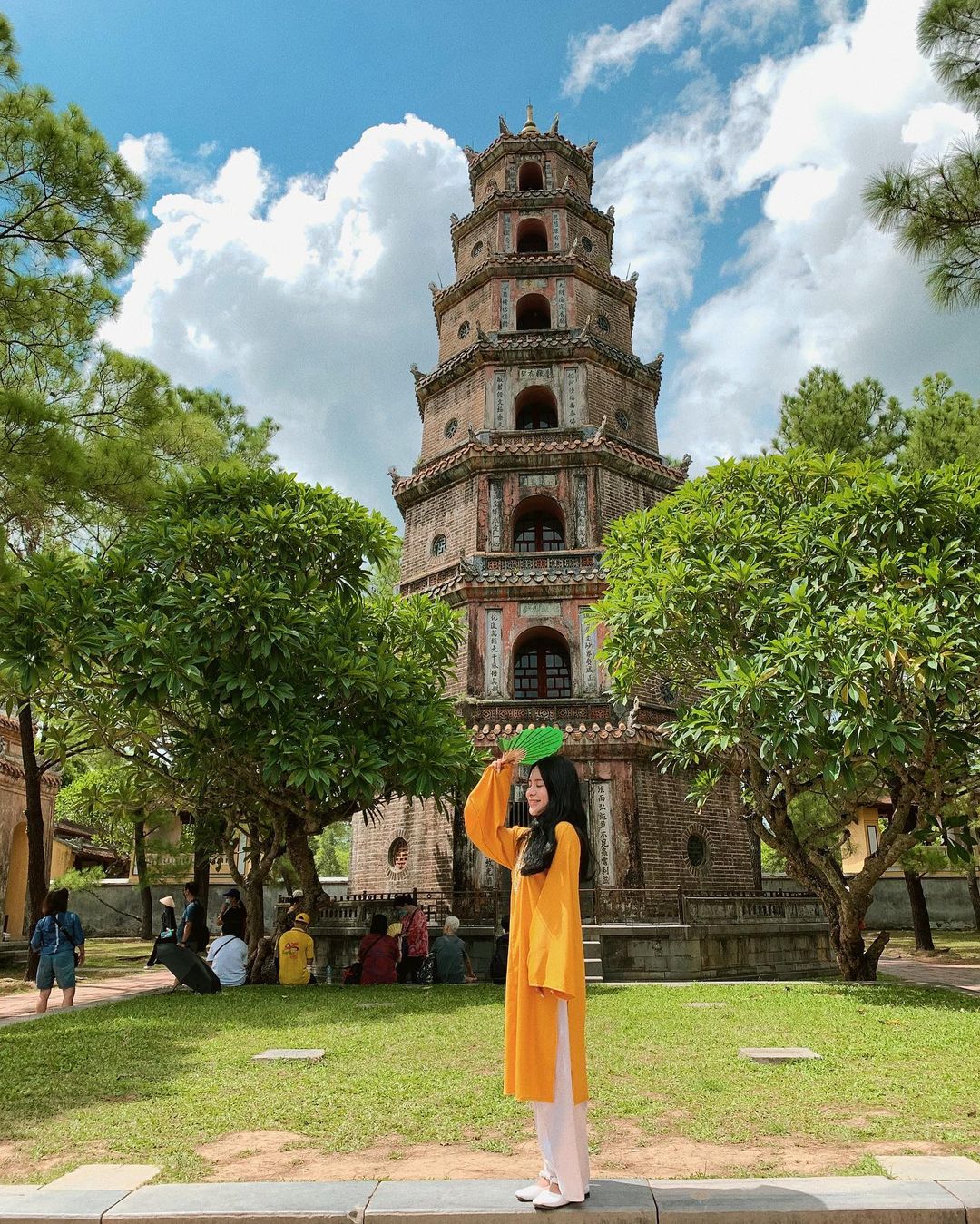
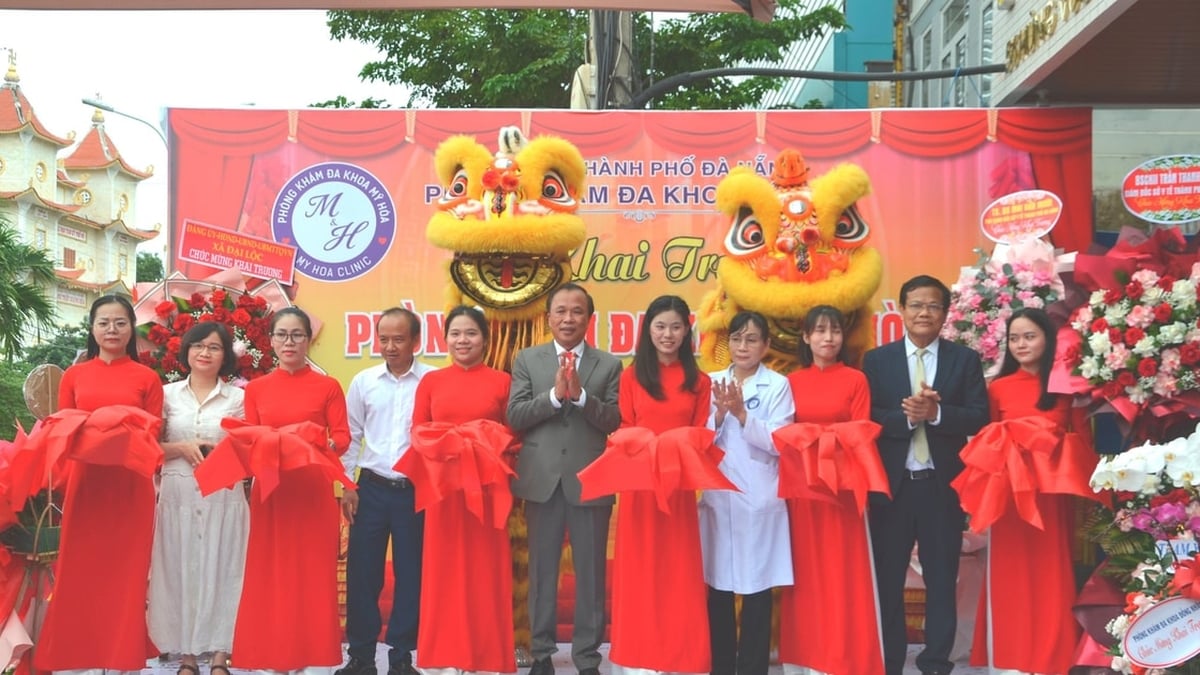
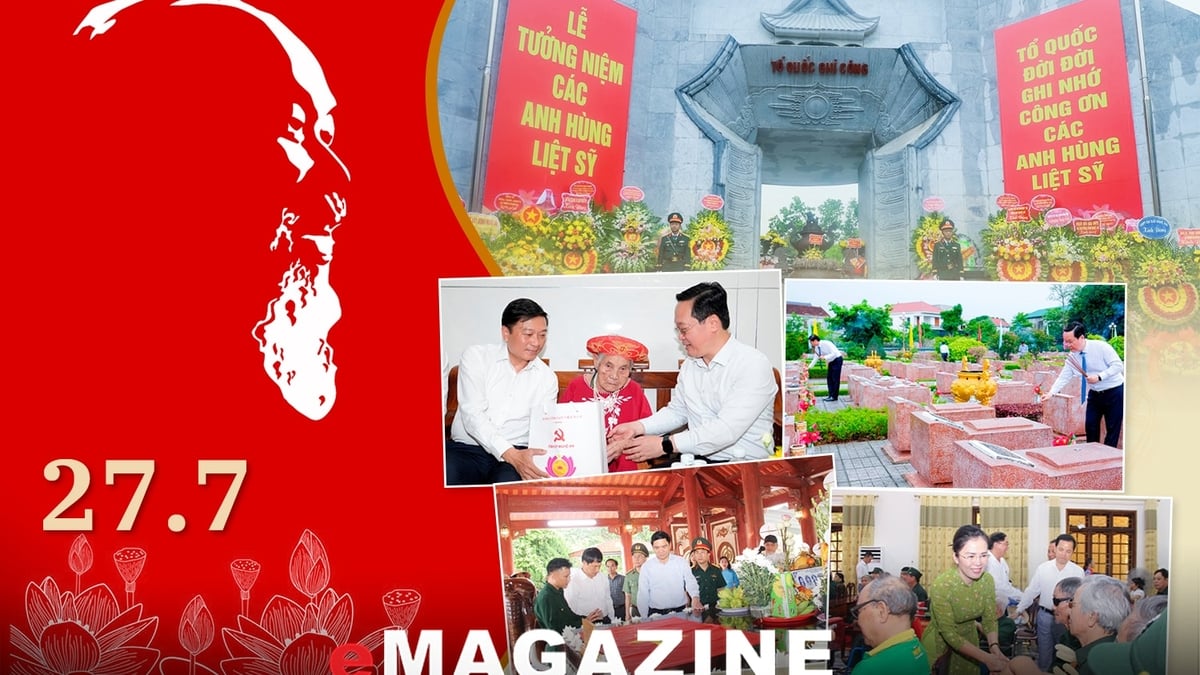


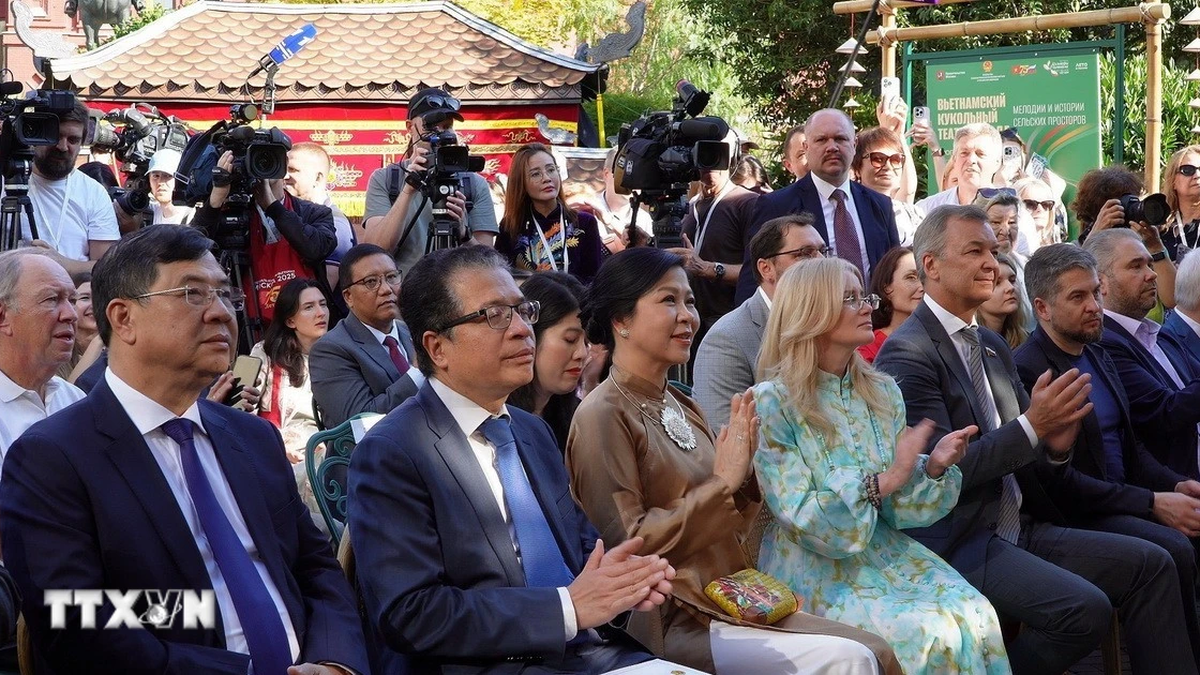
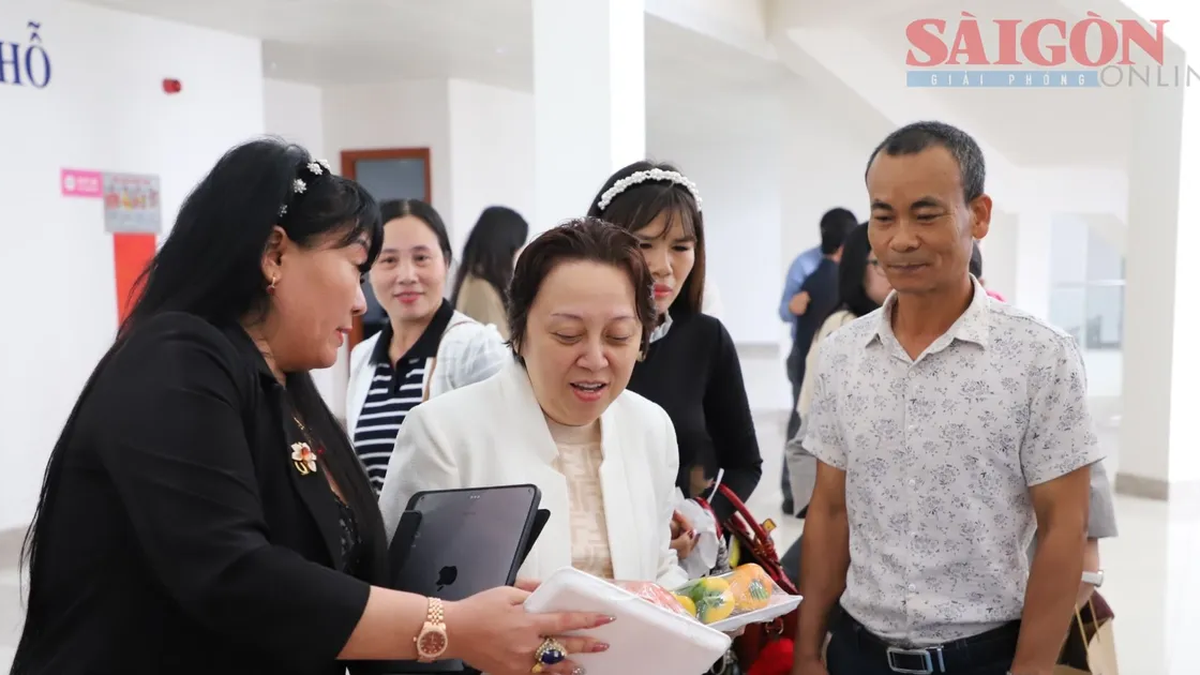



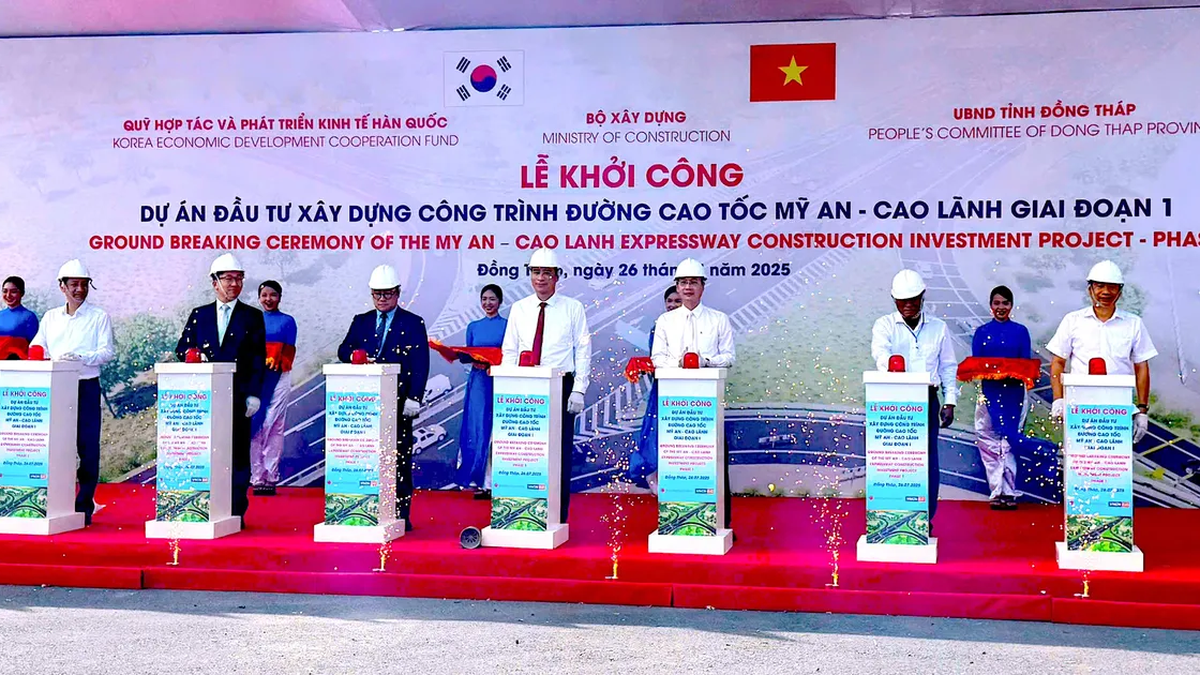











![[Photo] Signing of cooperation between ministries, branches and localities of Vietnam and Senegal](https://vphoto.vietnam.vn/thumb/1200x675/vietnam/resource/IMAGE/2025/7/24/6147c654b0ae4f2793188e982e272651)








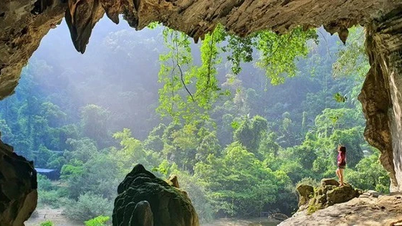

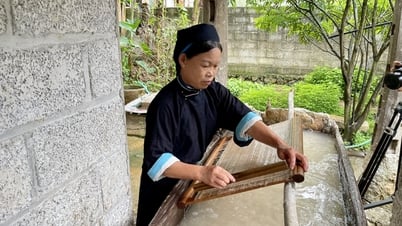

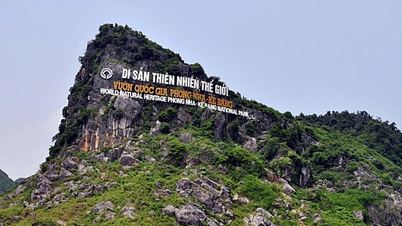

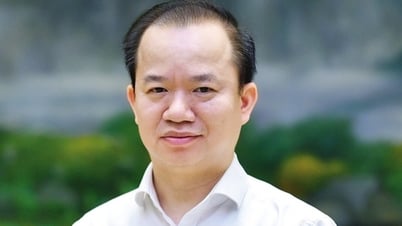

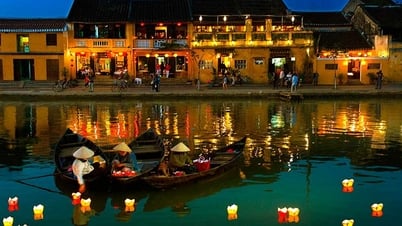







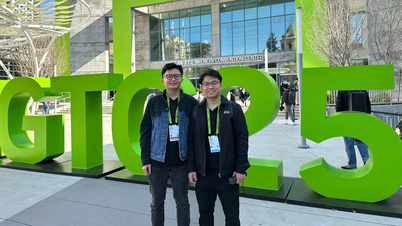
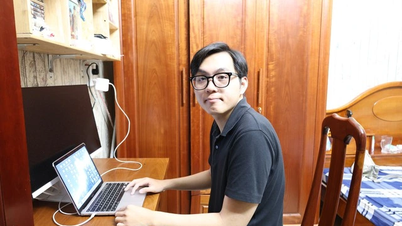











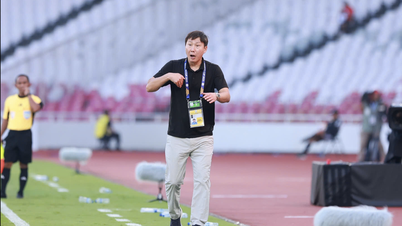

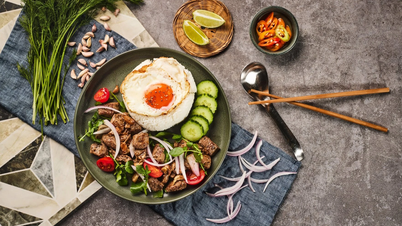

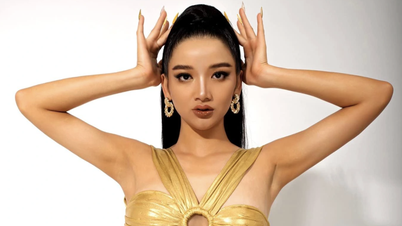
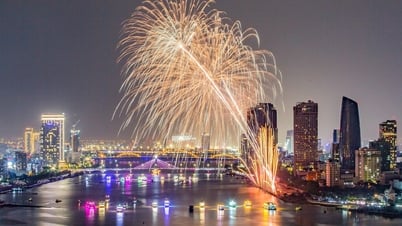
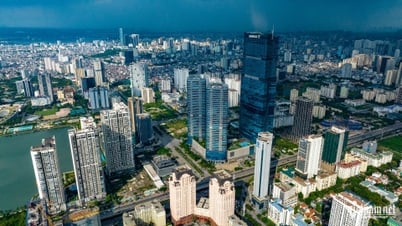
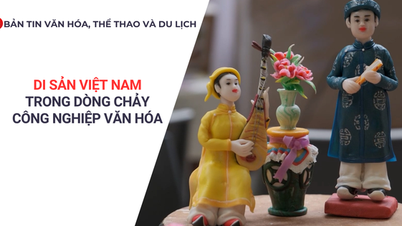



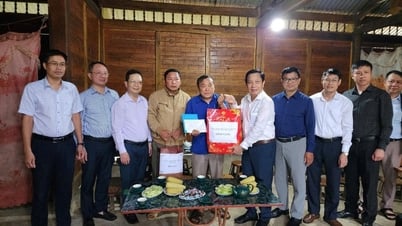



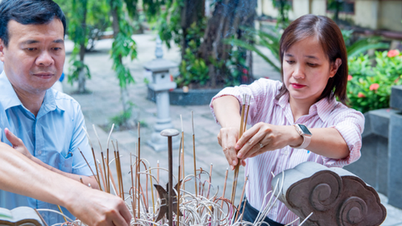























Comment (0)